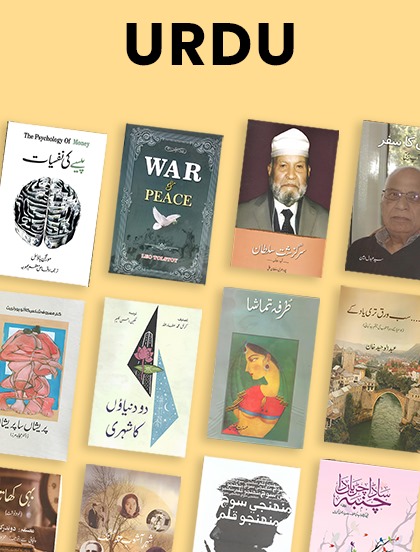The Government of Sindh implemented Arabic-Sindhi for official work and as a medium of instruction in schools. This was a monumental initiative for the upliftment of education in Sindh. After the Court of Directors approved a budget of Rs. 10,000 and the Arabic-Sindhi script, in December 1852; a network of schools was established, initially in three collectorates of Sindh. In October 1854, an Anglo-Vernacular school was established at the Katowal Building, with sixty eight boys. Later, the school was relocated to a building on M.A. Jinnah Road (opposite Radio Pakistan). The Anglo-Vernacular School was renamed 'Narrayan Jagannath Vaidya School' in 1874: Similar schools were established at Shikarpur and Hyderabad.
In 1873, Hindu-Sindhi typos were devised and text books published to promote the Khudawadi script for the Hindu community. To enhance Muslim education, the Government introduced Mula Maktabs in view of their tenuous participation in education. Such schools were meant for Muslim students unwilling to acquire education at vernacular schools. This proved to be a highly successful exercise to draw Muslims to government sponsored education. For Sindhi students, education was imparted at vernacular schools and in institutions where lessons were taught in both English and native languages: other notable schools: night schools, jail schools, normal schools, engineering schools, medical schools and training schools were also established during the 19th century.












